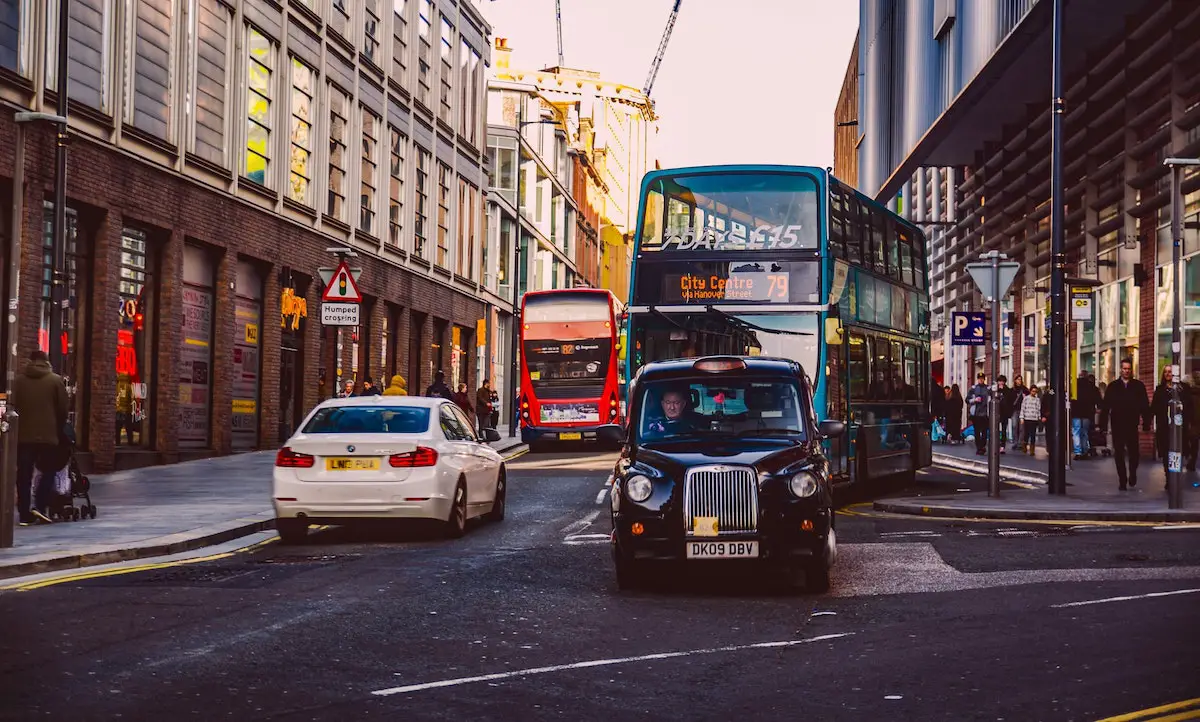Neoliberal Urbanism and the Financialisation of the 21st Century City
Neoliberalism, as the name suggests, is a new form of liberalism, pitched by its originating scholars as a societal model where free markets were prioritised over government intervention. Its core values have seen a new relationship forged between city and state, introducing competition, deregulation and public private partnerships into urban governance. Like urban planning, neoliberalism has spatial consequences, and today’s cities are neoliberal nodes.
In 1944, early proponent Friedrich von Hayek argued that neoliberalism increased personal freedom and stopped what he saw as the inevitable evolution from government intervention to totalitarian state control. Neoliberalism was framed as a revolution of thought, with practically every social and economic issue having a solution in the market. A reengineered state was proposed, existing to support and facilitate market demands, with governments intervening in only the few cases unaddressable by market forces. Despite initial resistance, Margaret Thatcher and Ronald Reagan became neoliberal cheerleaders in the West. The International Monetary Fund, the World Bank and the European Union soon followed.
In a neoliberal world, cities compete for investment, jobs, residents and visitors, aiming to attract firms through advantageous regulatory and financial environments. The London Docklands Development Corporation (LDDC) is an early example of this. East London was experiencing economic decline due to the impact of containerisation and the resulting outward shift of docklands, with the LDDC born to tackle the economic and social issues left behind. An Enterprise Zone of reduced regulation and lower financial obligations was key to the proposals, upon which Canary Wharf was to be built and a second financial centre for London formed.
The neoliberal city has seen urban spectacle thrive, with mega events like the Olympics being used to attract and move capital. Starchitecture – where a well-known architect designs a landmark building – has been frequently deployed. Public-private partnerships have become the norm, with governments turning to the private sector to finance, implement and run urban infrastructure, attributed to the benefits of efficiency and specialisation. Neoliberalism has also changed the dynamic of public space.

In Canary Wharf, public spaces look like an ordinary part of the fabric of a city district but are in fact privately run, meaning participants can be asked to leave or barred entirely, based on the motivations of the operator. Further up the river, the current home of London’s City Hall – the literal physical manifestation of the city’s democracy – sits on private land where protests are forbidden.
None of this seems to match the ideas supposedly at the core of neoliberalism, where free movement of capital meant personal freedoms improved too. Yet the resulting prioritisation of the financial elements of societal function suggests that neoliberalism is can be inhumanely about economic logic, with nuanced and non-financial human considerations ignored.
There’s no better illustration of this than Thatcher’s notorious Right to Buy scheme, pitched as an opportunity for social housing tenants to buy their homes at a discounted rate. The resulting funds went straight to central government, leaving local authorities with a reduced social housing stock and no financial means to meet citizen needs the market couldn’t address. Today’s UK has longer social housing waiting lists, more private landlords, higher private rents, higher house prices, and more people who are homeless.
With neoliberalism playing a dominant role in the financialisation of the city and society, resistance unsurprisingly exists – and in various forms. In 1968, Henri Lefebvre argued for a “right to the city”, criticising the perceived dominance of capitalism. He argued that citizens should stand up for the rights they desired, and form sufficient support to win them. Though not particularly impactful at the time, the concept has been picked up by social movements in the last decade, albeit with minimal success once again.
It is more common for today’s resistance to skew more towards tinkering around the edges. Ambitious and seemingly non-neoliberal legislation has been introduced in Scotland in recent years, with small-scale agricultural crofting communities being given the legal right to buy the land they work on without the owner’s consent. This form of compulsory purchase is quite radical but, to date, the two communities who have used it deployed it as a tool to negotiate a market-based sale, to which the land owner agreed.
While ideas that go against market logic are often deemed unworkable in the neoliberal world we live in, they can perhaps be used as leverage for positive outcomes. Maybe we are all neoliberals now, and we are finding innovative new ways to hack the system.
Photos: Ryan Tang and Fred Rivett


